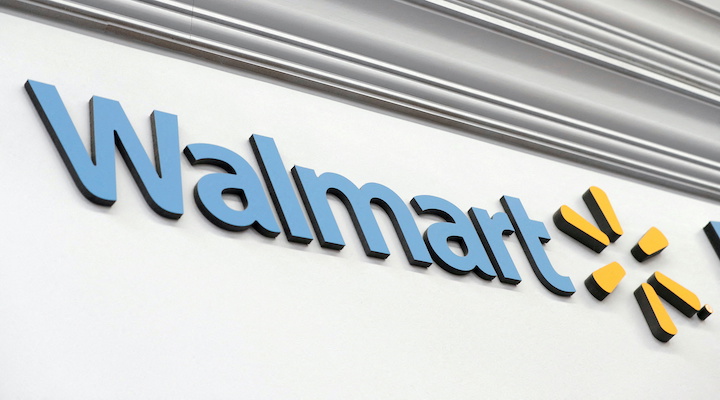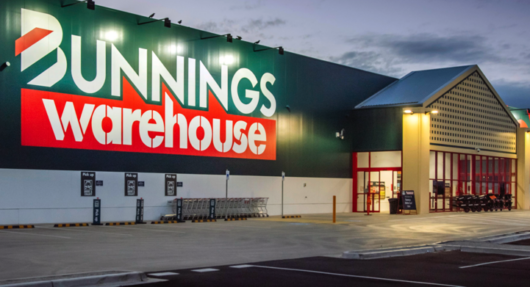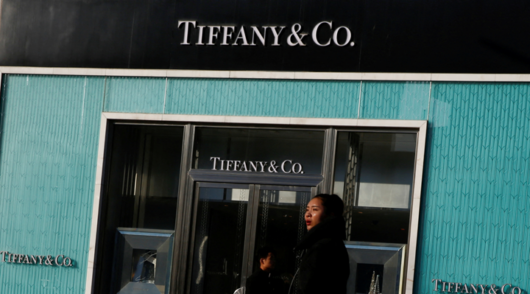The US consumer economy may be weakening, but Walmart is bucking the trend delivering another set of very strong numbers.
Overall group revenue increased by 7.6 per cent during the first quarter, supported by a 7.2 per cent uplift in Walmart US sales and 12 per cent growth in the international business. Sales at Sam’s Club increased by 4.5 per cent.
Without context, Walmart’s results would suggest that we were still living through a retail boom. That said, some pressure shows up in margins, which are down thanks to a skew in the mix to lower-margin products
There are a few reasons why Walmart has been able to trade so well. First, most of Walmart’s revenue comes from grocery where inflation has helped to flatter the numbers. Admittedly, Walmart has not been as aggressive in increasing prices as others but, even so, the past year has seen uplifts that have boosted the top line.
Second, because of its strong value-for-money position the cost-of-living crisis has acted as a recruiting sergeant for Walmart, increasing customer numbers. This includes among higher-income shoppers, more of whom are now using Walmart on a regular basis for groceries and household goods. The good news here is that new shoppers seem to be sticking with Walmart – at least for the time being – but the less good news is that their activity is mostly confined to staples and necessities, and few are crossing the aisle to shop general merchandise. Improvements to the proposition, including stocking more aspirational brands in areas like beauty, and strong online service levels have helped retain higher-income consumers.
Third, Walmart has continued to grow its peripheral services. The Walmart Connect media business, for example, saw growth of 30 per cent this quarter, and within Walmart US the advertising business grew by 40 per cent. The service may still represent a minority of sales, but its strong performance helps to ease up the overall figures.
As much as Walmart is on the front foot for grocery and consumables, its general merchandise business remains under pressure. In the US, comparable sales declined by mid-single digits as consumers continue to cut spending on non-essentials. Despite attracting more customers through the doors and to its website, Walmart still suffers from the general pullback in demand which is particularly sharp among its core, lower-income shoppers. There is little it can do to mitigate this, although presentational standards and ranges could be improved across general merchandise – which may help drive sales among younger and higher-income cohorts.
Walmart aims for 65 per cent of stores to be automation serviced by 2026
Walmart’s recent disposal of various businesses it acquired, such as Bonobos, underlines the company’s desire to focus on its core and ditch what it sees as distractions with little potential. Given the future upside in online, where sales were up 26 per cent globally this quarter, and the opportunities to boost general merchandise once the economy picks up, we believe Walmart was right to make the disposals. That said, the lacklustre progress in some of the brands it acquired also speaks to how difficult Walmart finds it to step outside of its comfort zone into the world of more aspirational retailing. This is a lesson it will have to take on board as it looks to revamp its core shopping experience.
Given that inflation has been a friend to Walmart, the moderation in price rises that is now coming through may well dampen future sales results. However, because household budgets remain under pressure, we do not see consumer behaviour changing much over the remainder of this year – which means Walmart will likely hold on to its customer gains and increase its share further.
Overall, the outlook is solid.
- Neil Saunders is MD at GlobalData.






